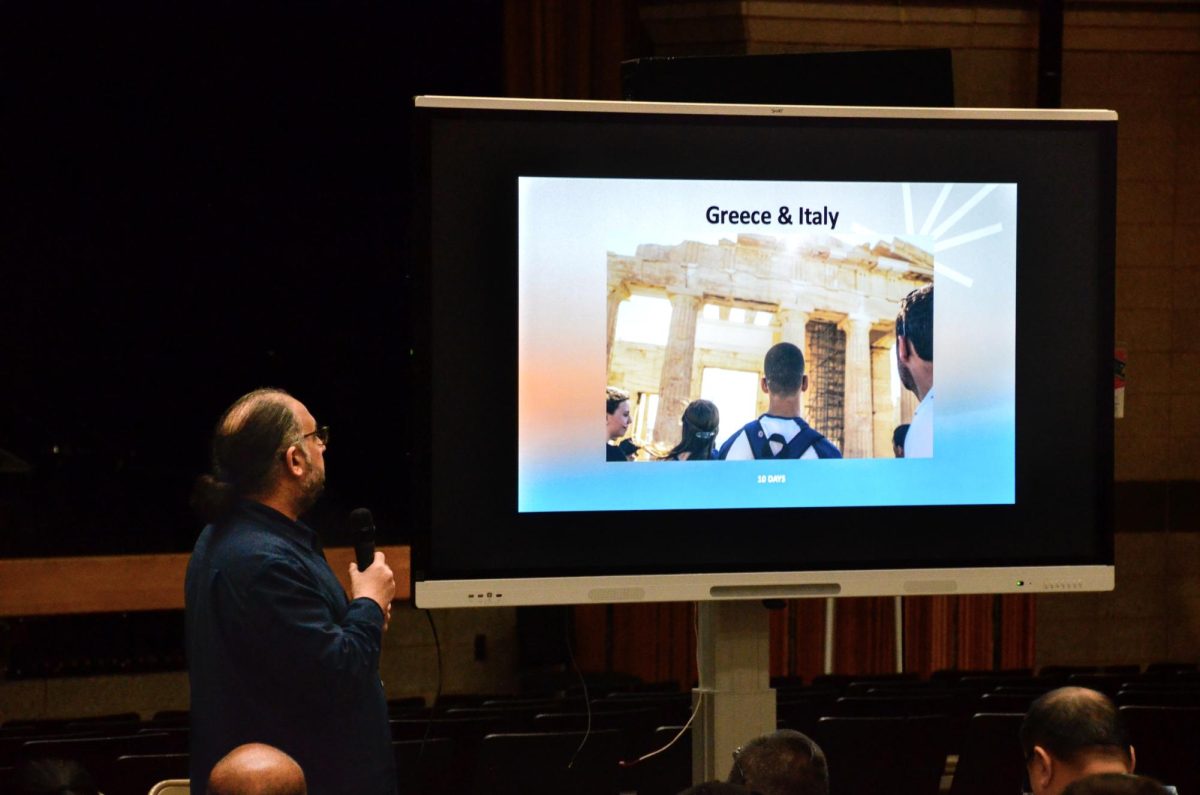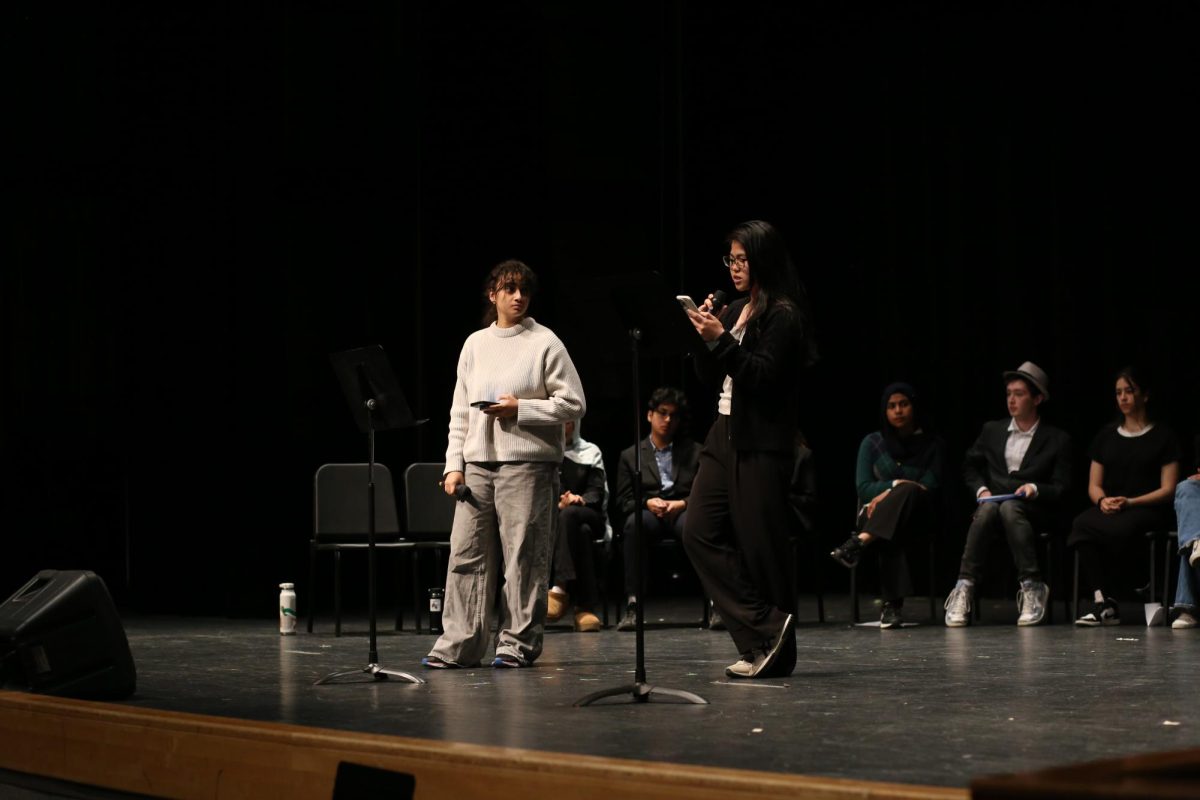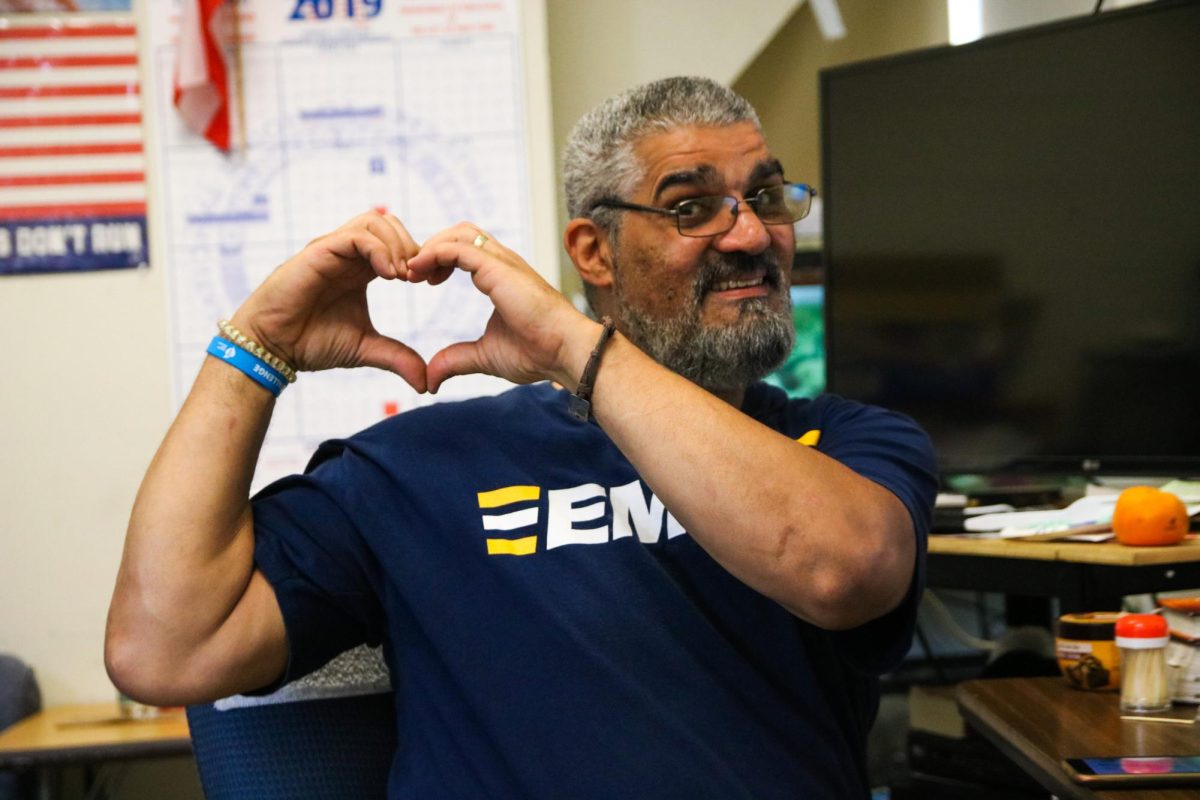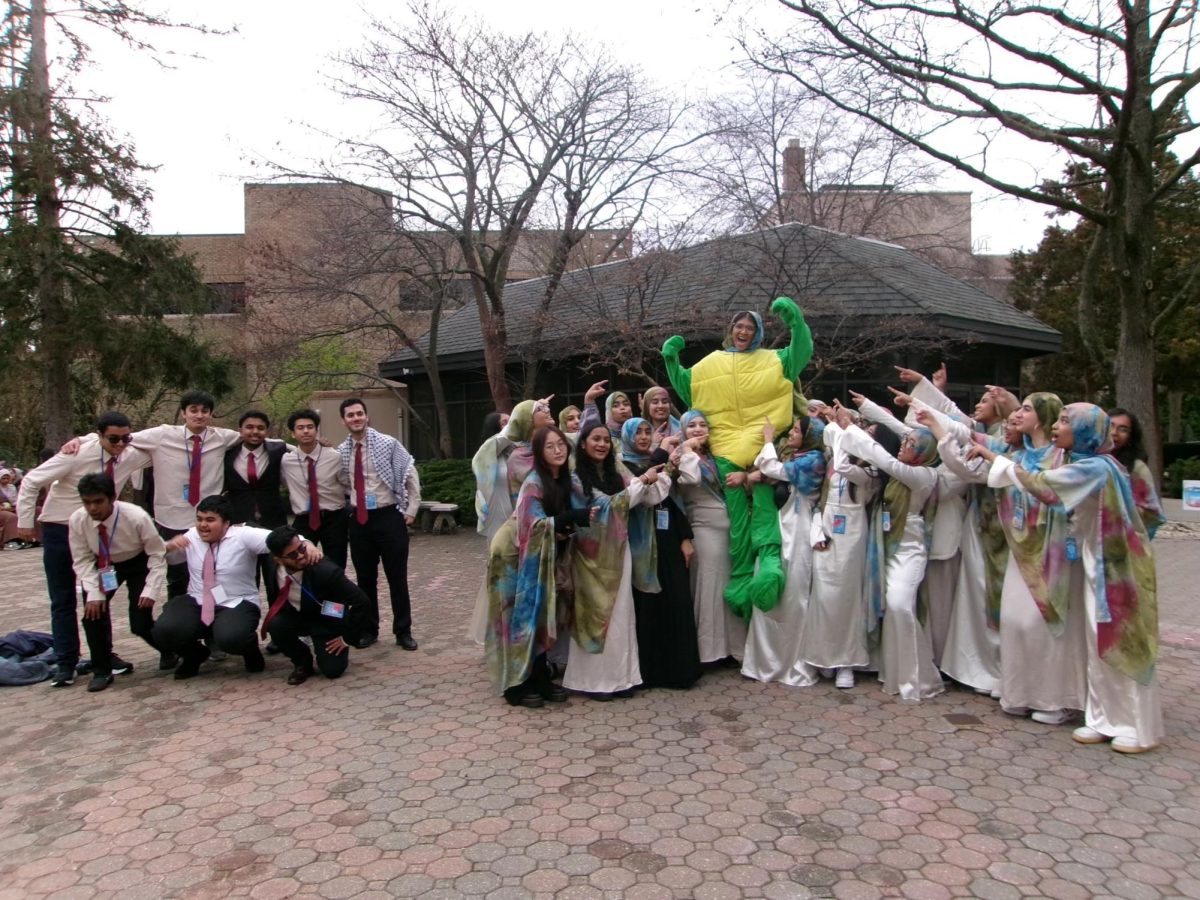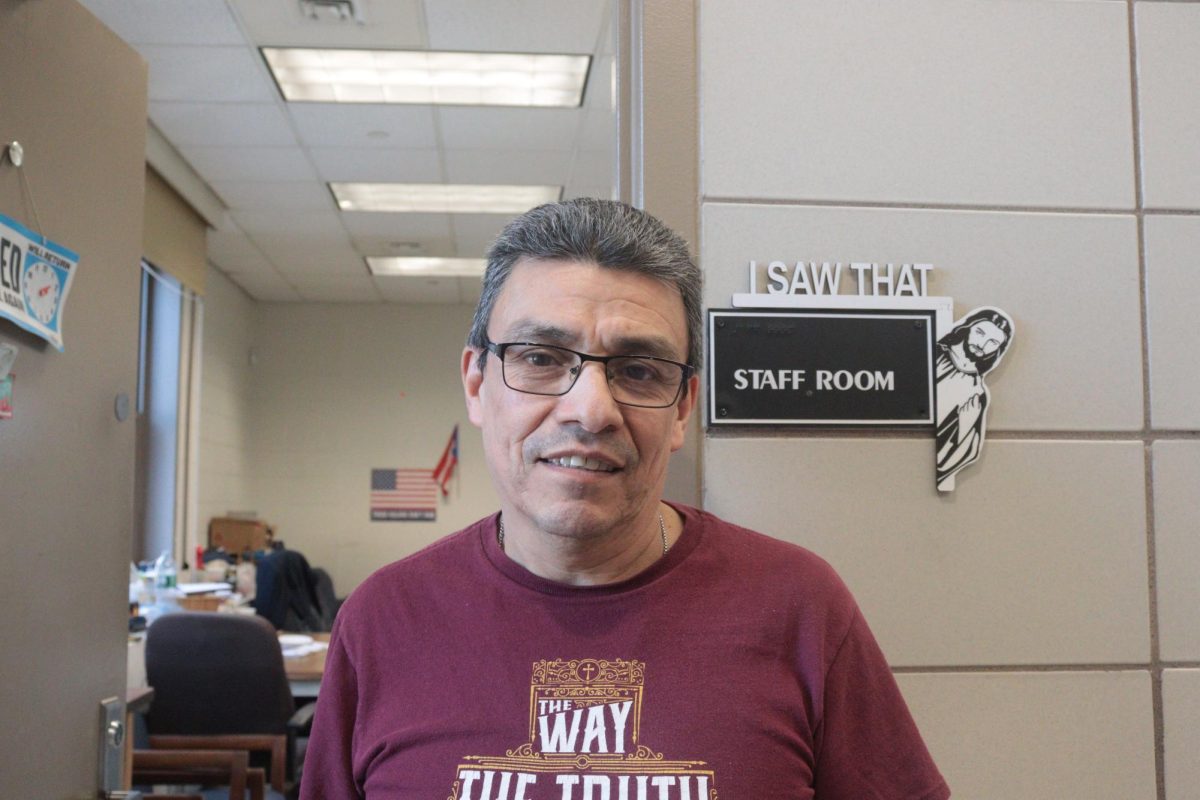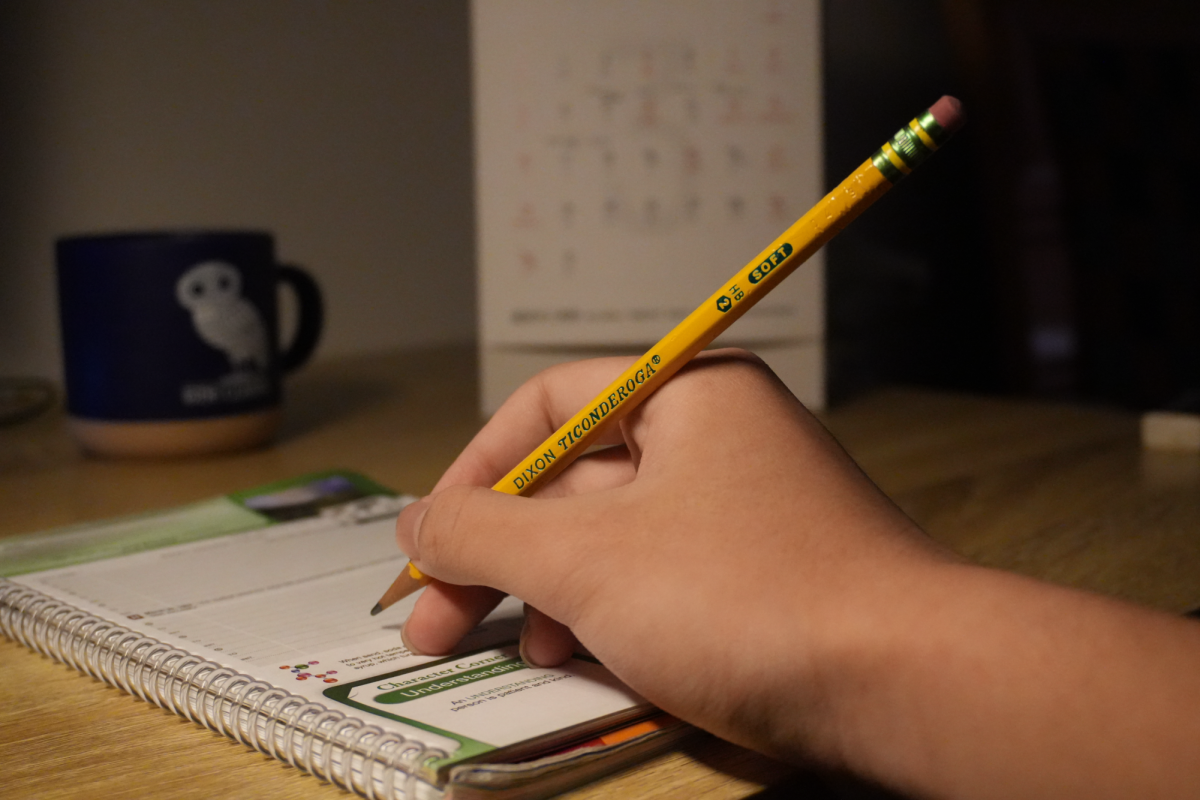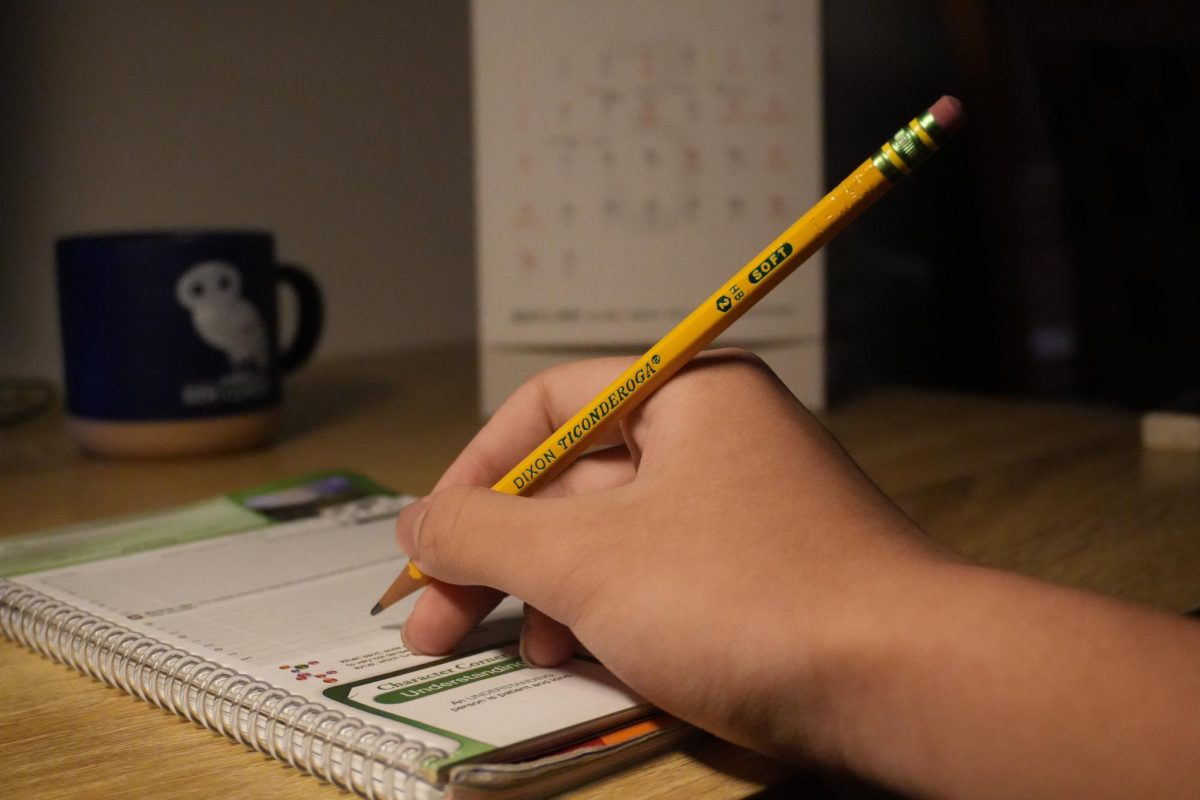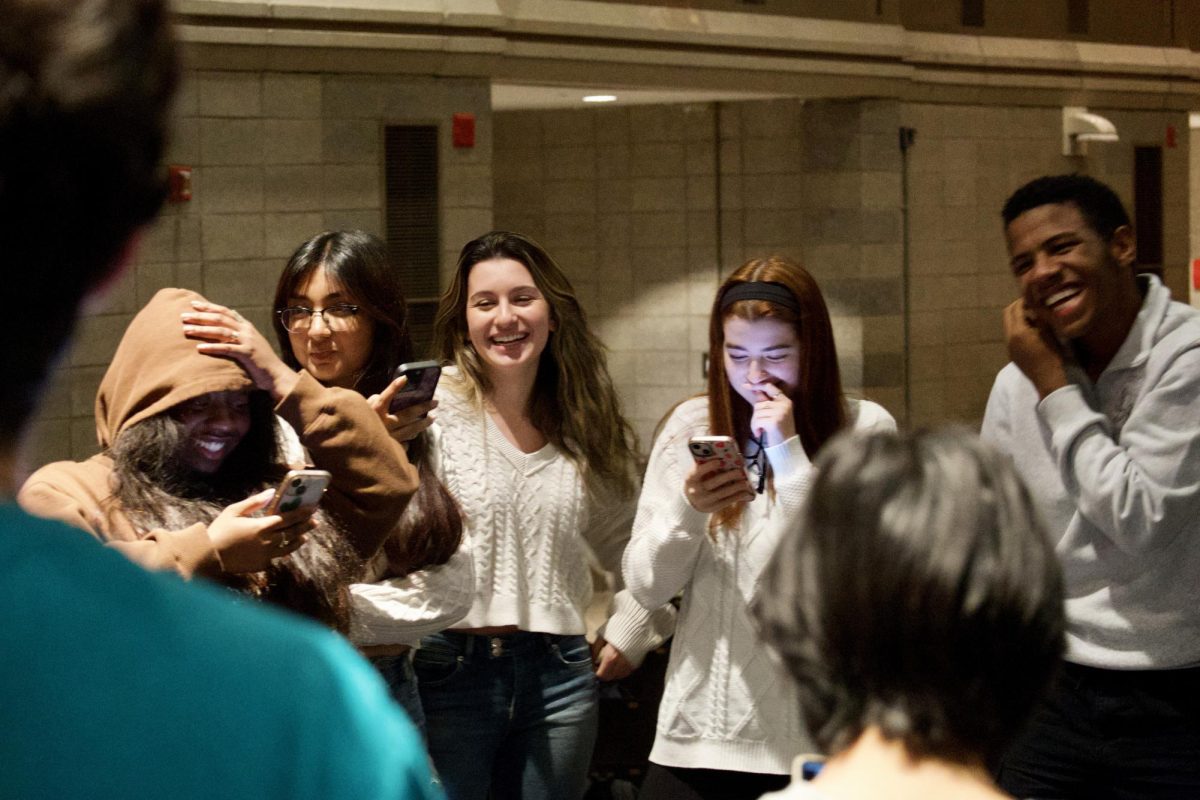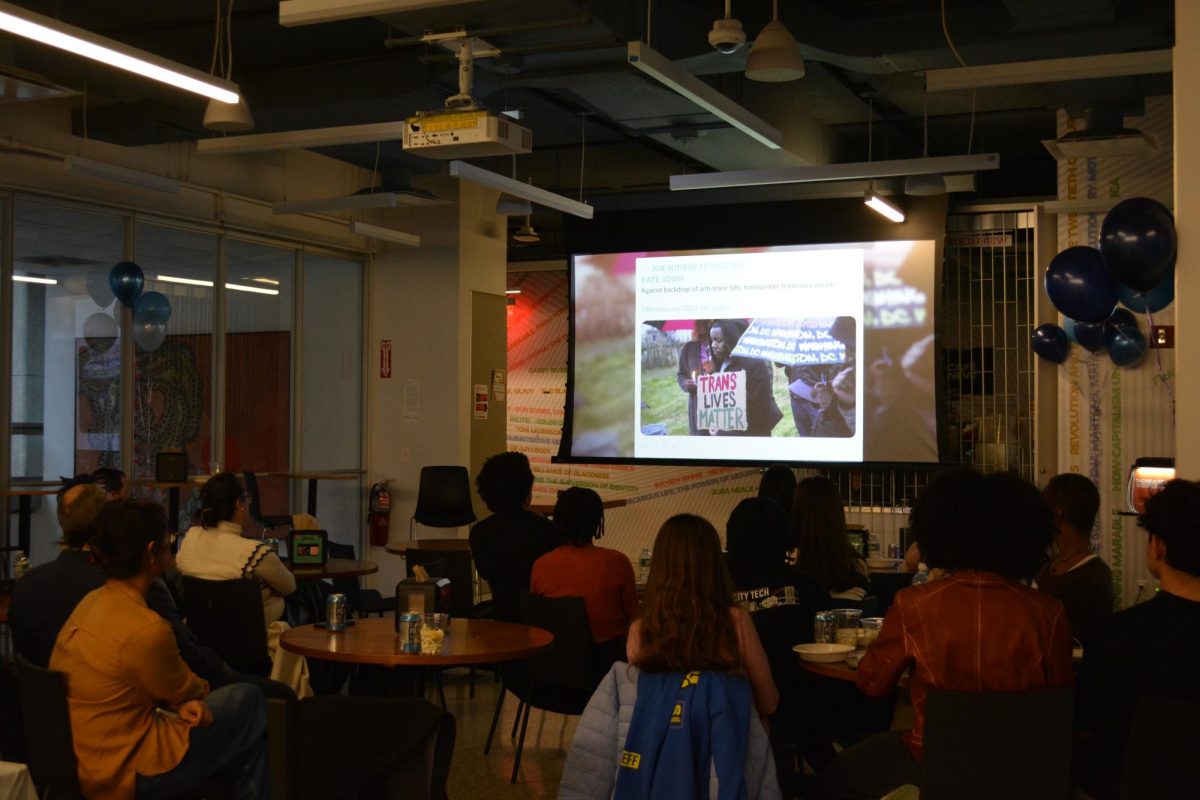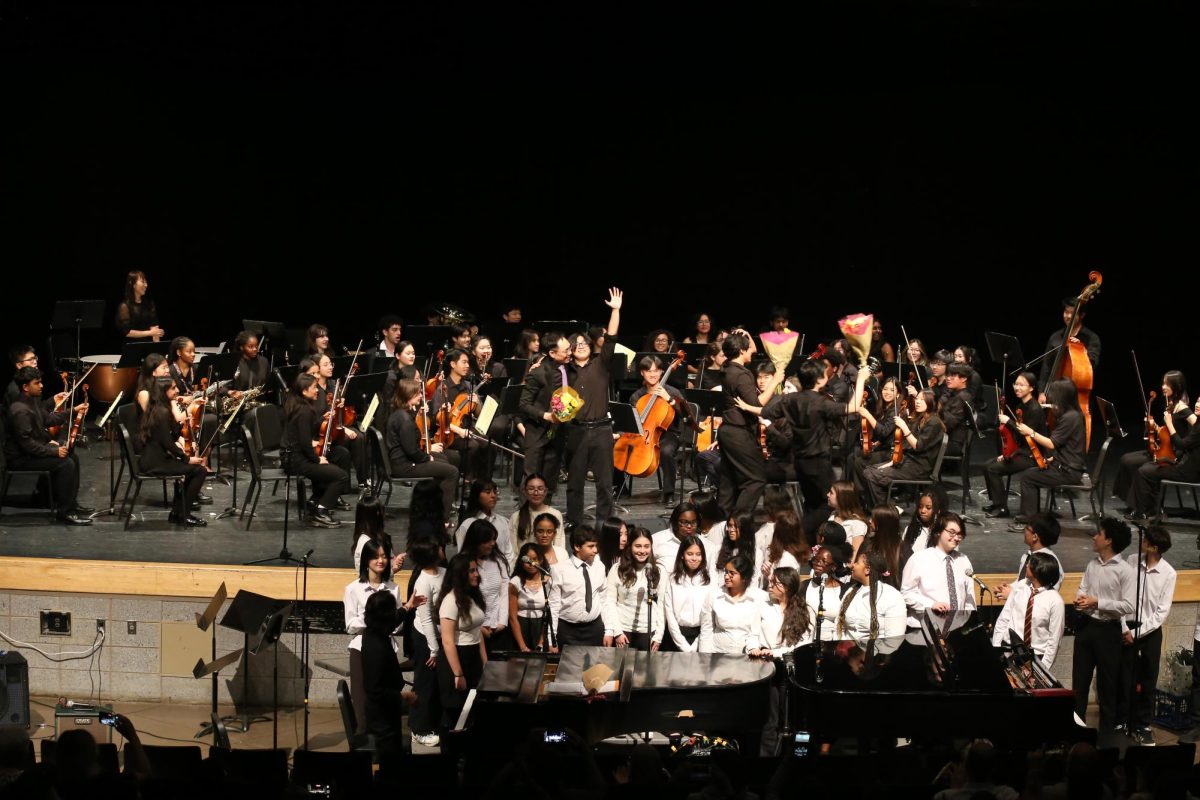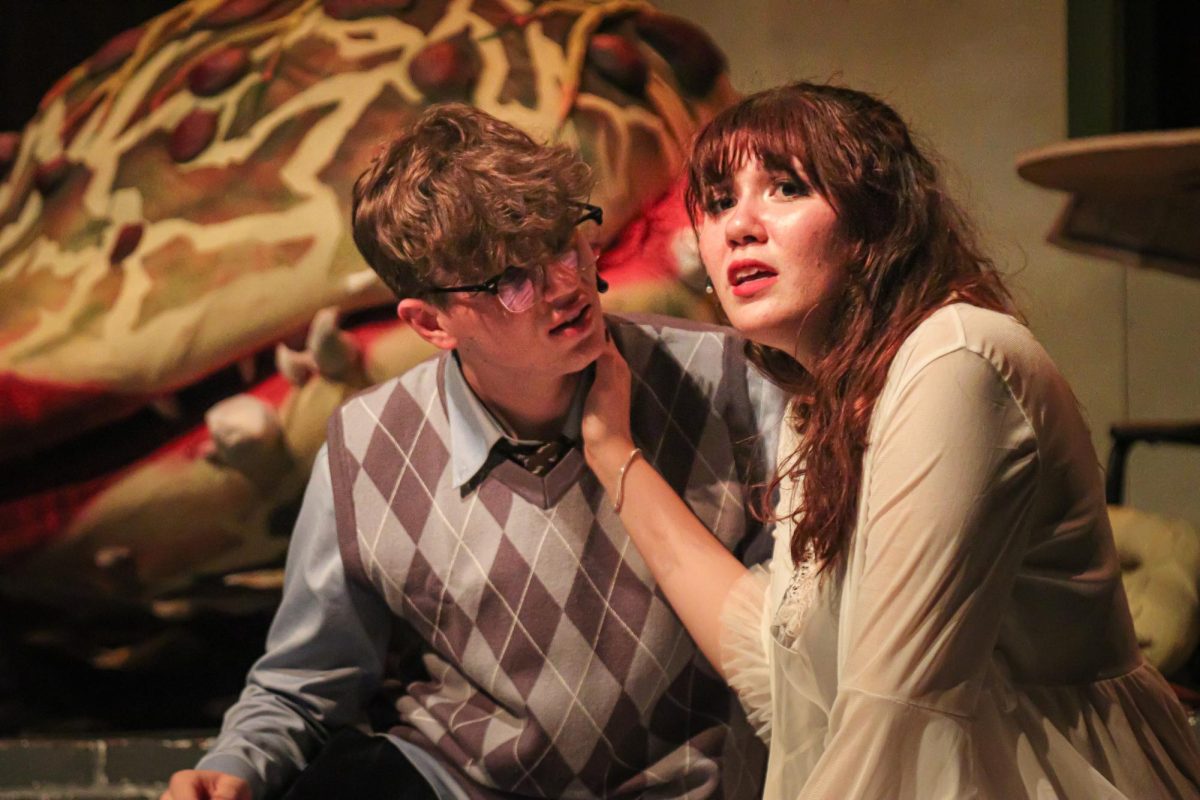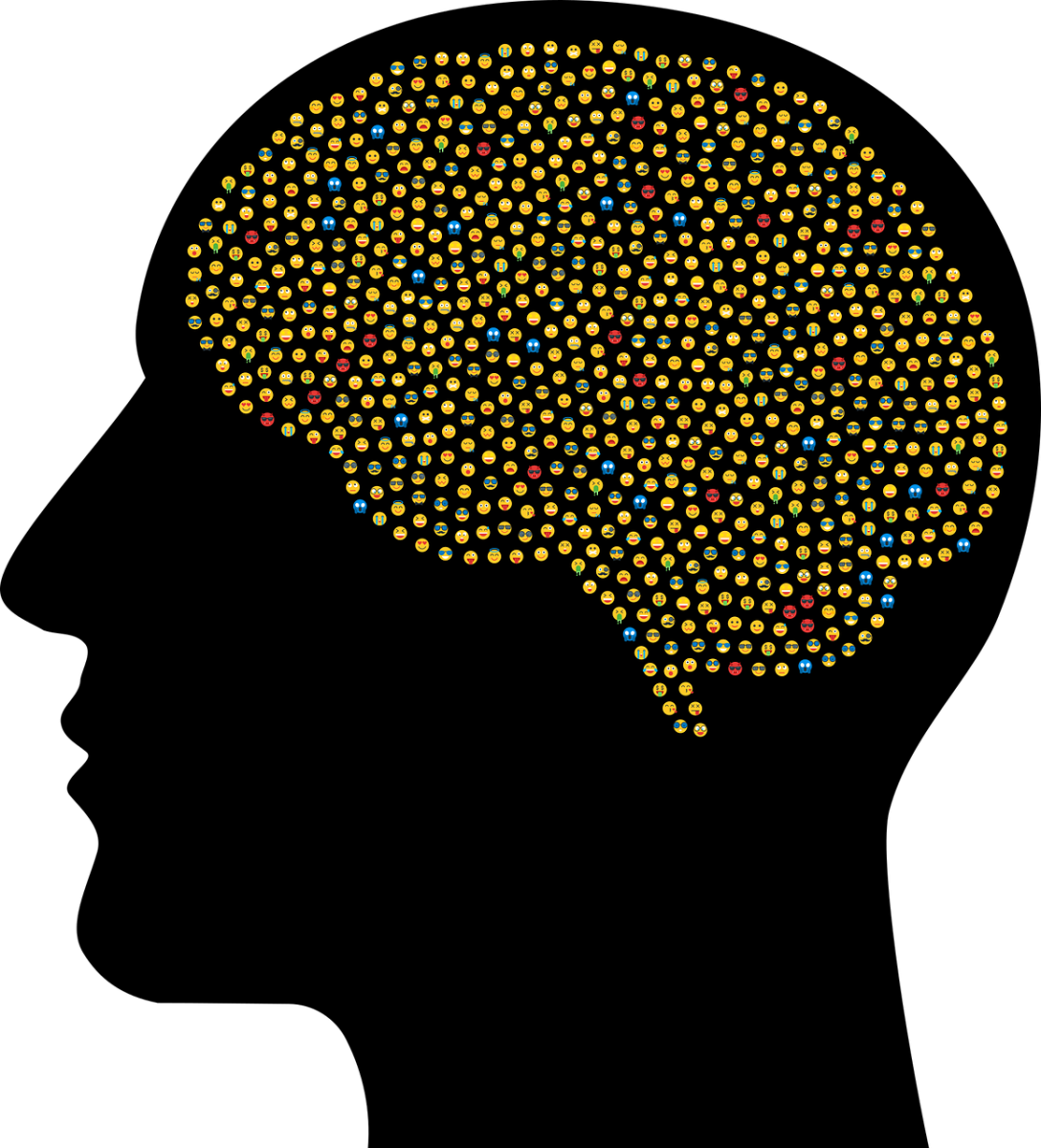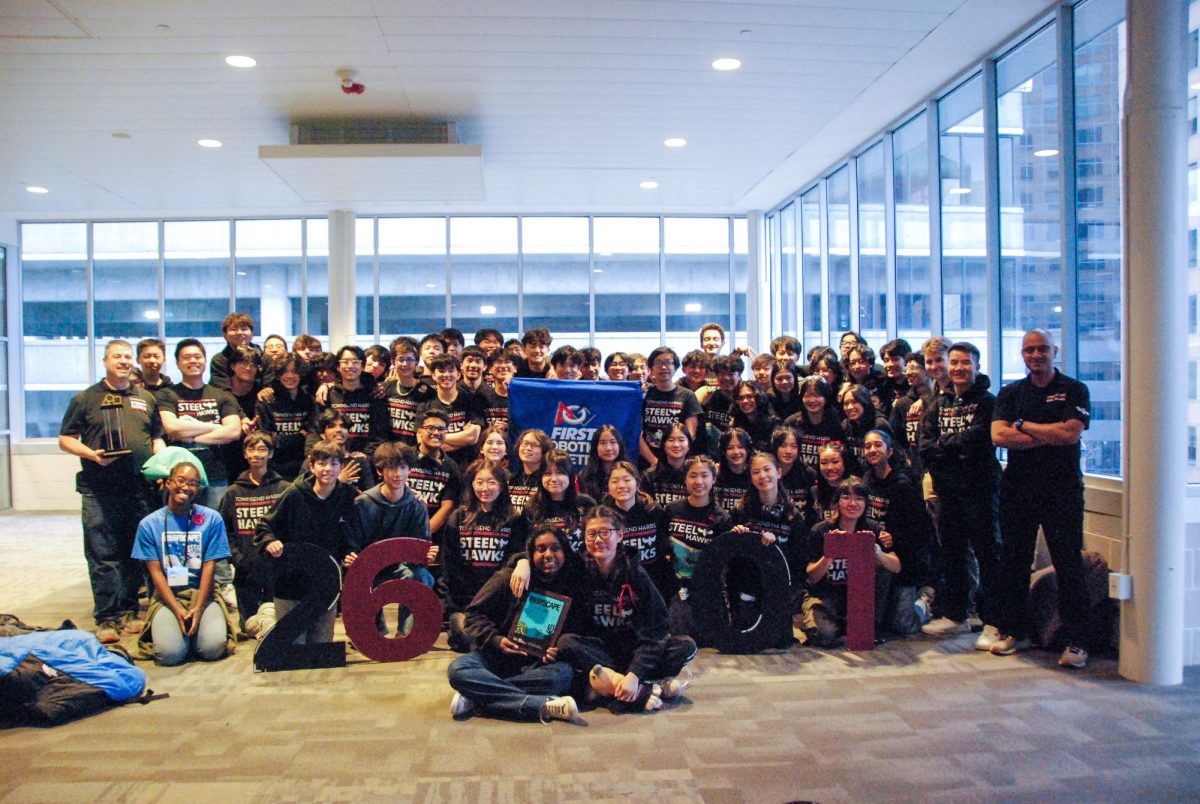
For their year-long project in the senior Science Research class, Ewa Stasiewicz and Shirooba Chandra Kumar worked together to conduct an experiment titled “The Effects of Perceived Video Emotion on Typing Efficiency,” which assessed alterations in emotion on motor skill productivity through the use of visual stimuli.
They decided to centralize their experiment around two video clips, two minutes in length: an emotional commercial meant to resonate with viewers, featuring a campaign against pet abandonment, along with a whimsical cartoon.
The experiment was conducted at Townsend Harris with participants from all grades. Prior to watching the videos, students were gathered into a classroom and answered a form to gauge information on their current emotions. Afterward, they took a one-minute typing test, followed by another form where they self-reported their results and were questioned on their mood after viewing the video material. Ewa said, “[These] questions focused on particular visuals that appeared at the start, end, or throughout each video segment. Based on the self-reported Words Per Minute and accuracy percentages of both tests, graphs were assembled to analyze possible correlations between positive and negative emotional states and typing efficiency.”
They hoped to answer the question: “Should the users of any platform, but especially those that can present harmful or negative/stressful media, be warned?”
The pronounced role that social media plays in the lives of teenagers today influenced them to explore this topic. Ewa said, “It has become a growing concern that there [may] be negative emotional effects of consistent social media retention. If it is observed that the effects of social media and exposure are harmful and persist in sparking negative feelings, it raises a concern over whether these platforms should have warning labels.”
Shirooba said, “[Our] results could be applied to education and advertising.”
The two had a difficult time getting an appropriate number of volunteers to generate valid experimental results. The experiment contained 50 participants, which is an appropriate pool size for a pilot study – a small preliminary study used to gauge the findings of a more comprehensive version to be conducted in the future. Due to this relatively small sample size, it was difficult to use any tests that could break down the collected data into meaningful results. While there were correlations found between emotion and typing accuracy, the numbers did not reveal a linear trend. Ewa said, “It was seen that as one’s mood increased or decreased depending on the video content, their reported accuracy percentage had a direct correlation with such results.”
The pair mentioned that their work in this class offered insight into their anticipated career paths. Ewa said, “Science Research as a class was my first inspiration in terms of what I wanted to pursue in the future. I always enjoyed the research aspect of my selected topic, and I do wish to continue this type of research in my later field.” She continued, “I learned how to efficiently organize my work and write a research paper. I didn’t realize all the aspects that need to be combined into a single paper, as well as how organized one must be in order to succinctly combine all the results, findings, and observations throughout the duration of the experiment.”
Shirooba said, “We [also] learned how to conduct surveys using Google forms and how to display our date graphically and statistically.” The two are interested in conducting more research in brain chemistry and neuroscience in the future.


